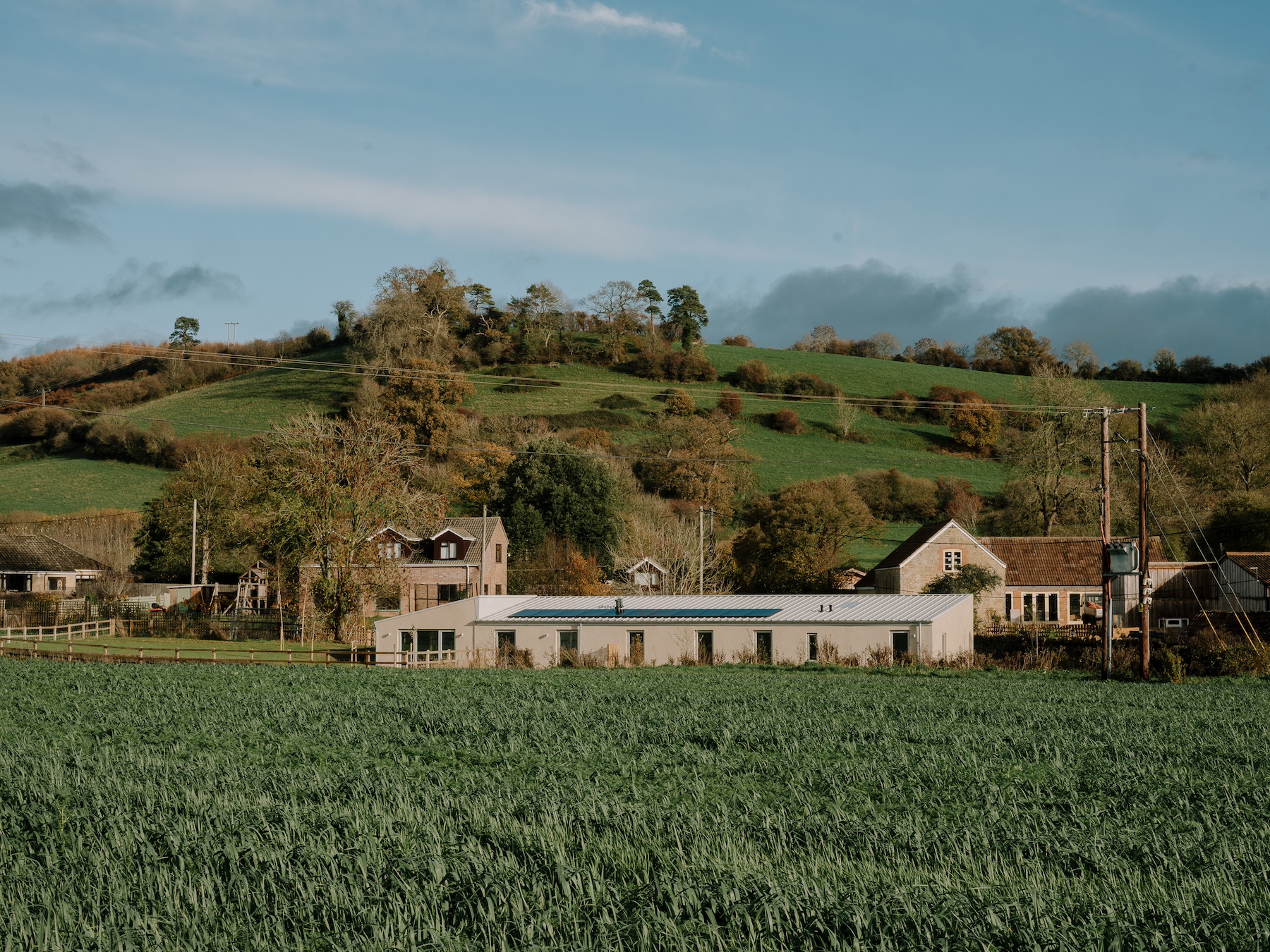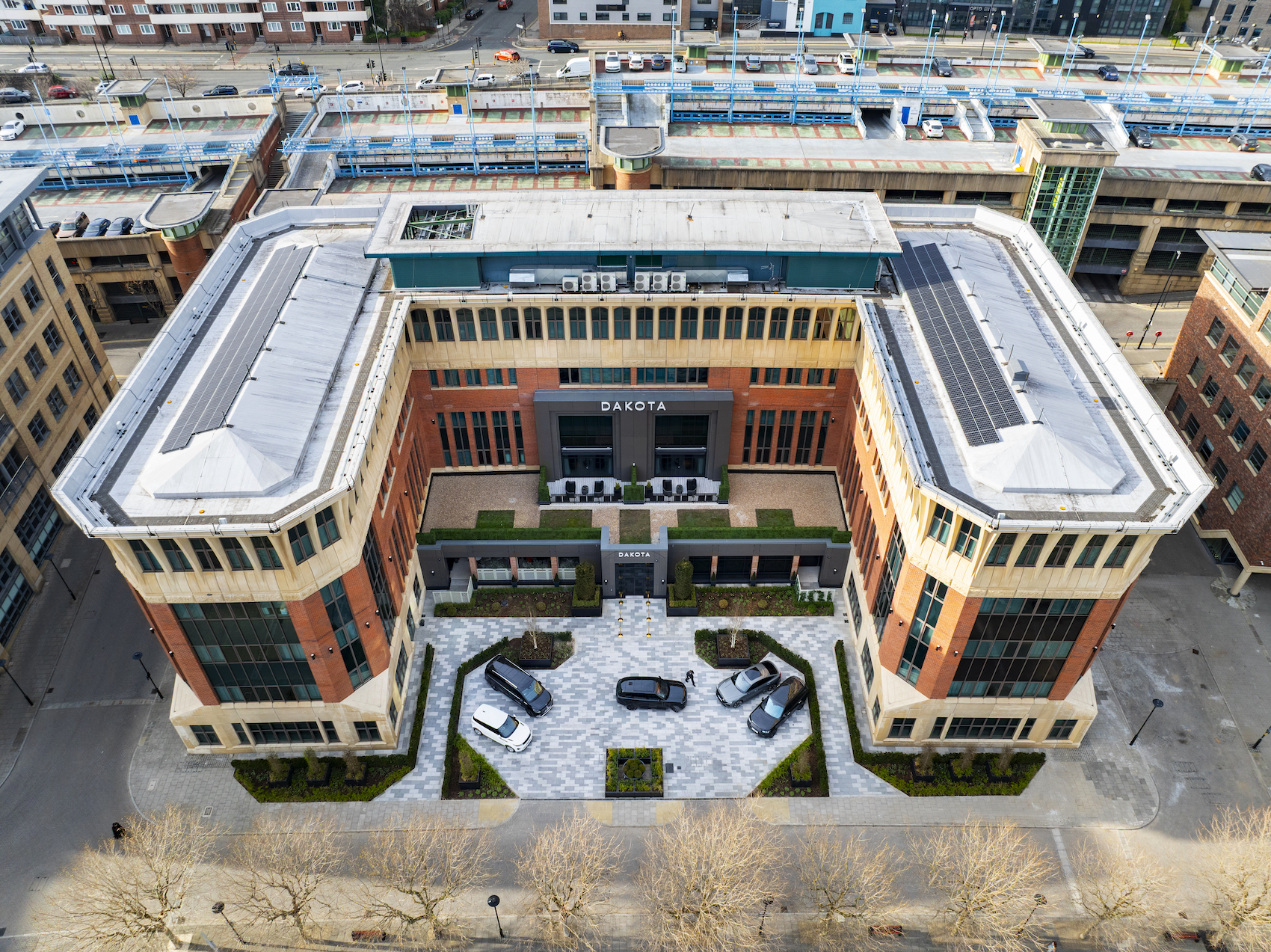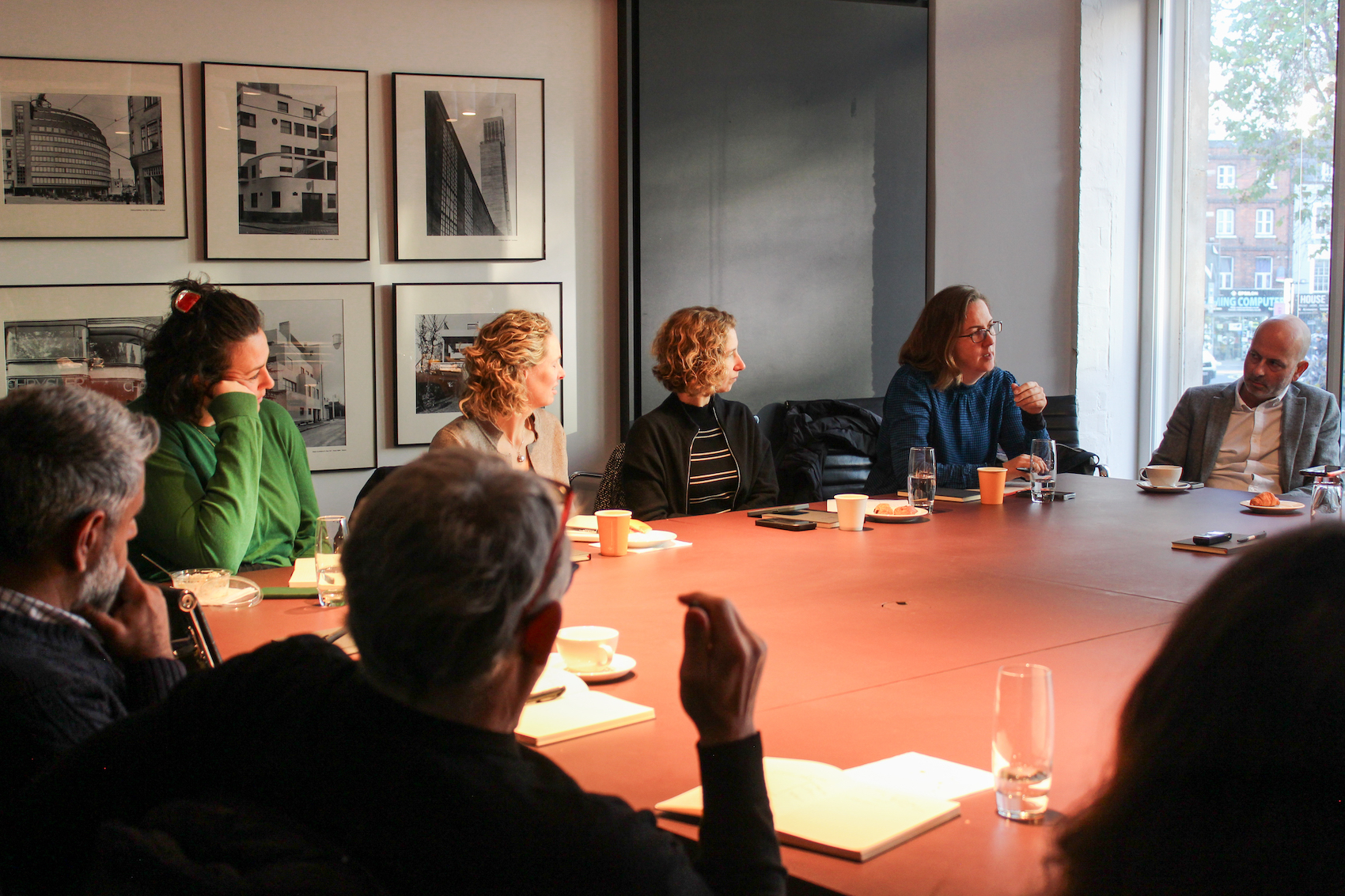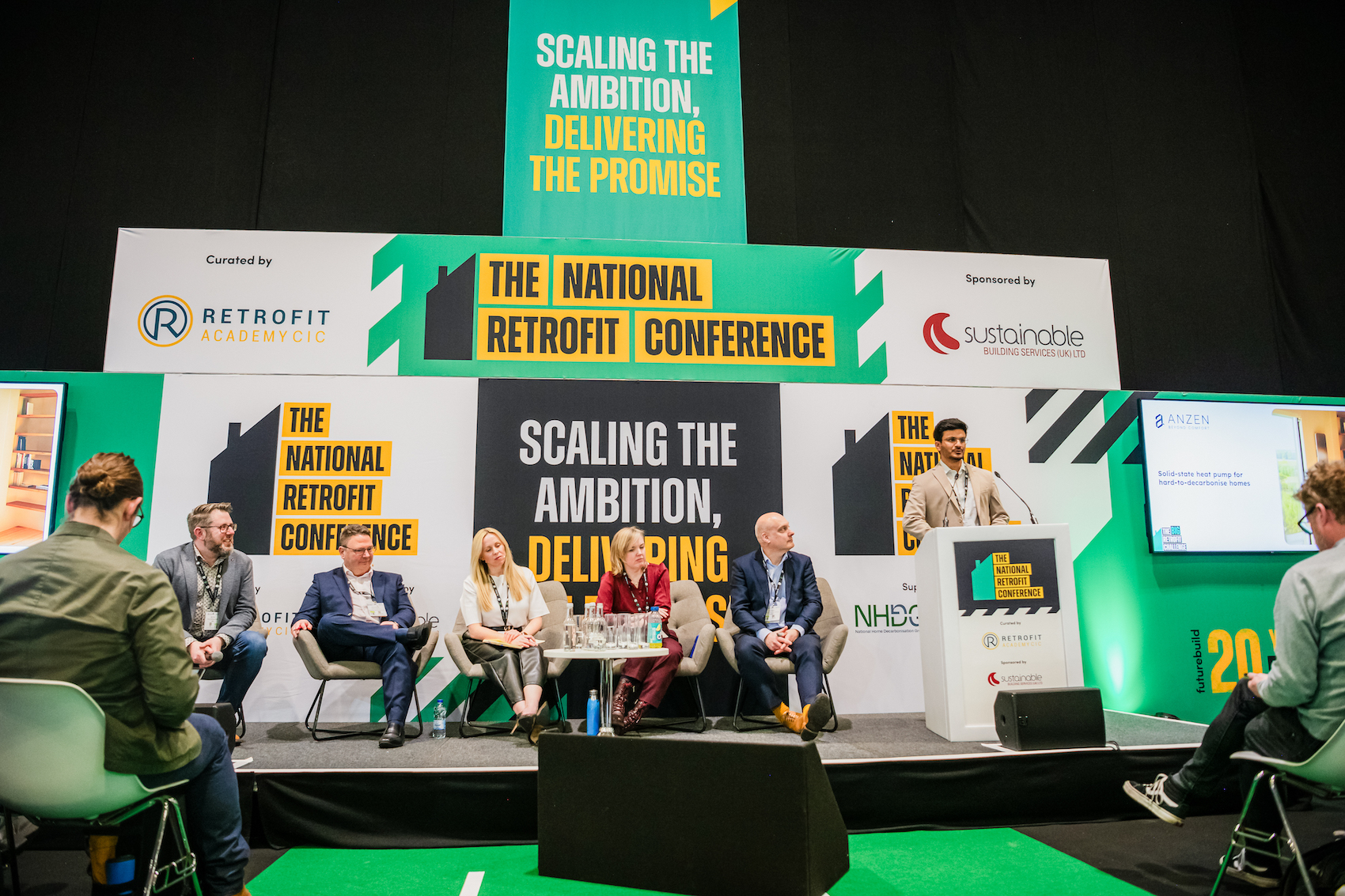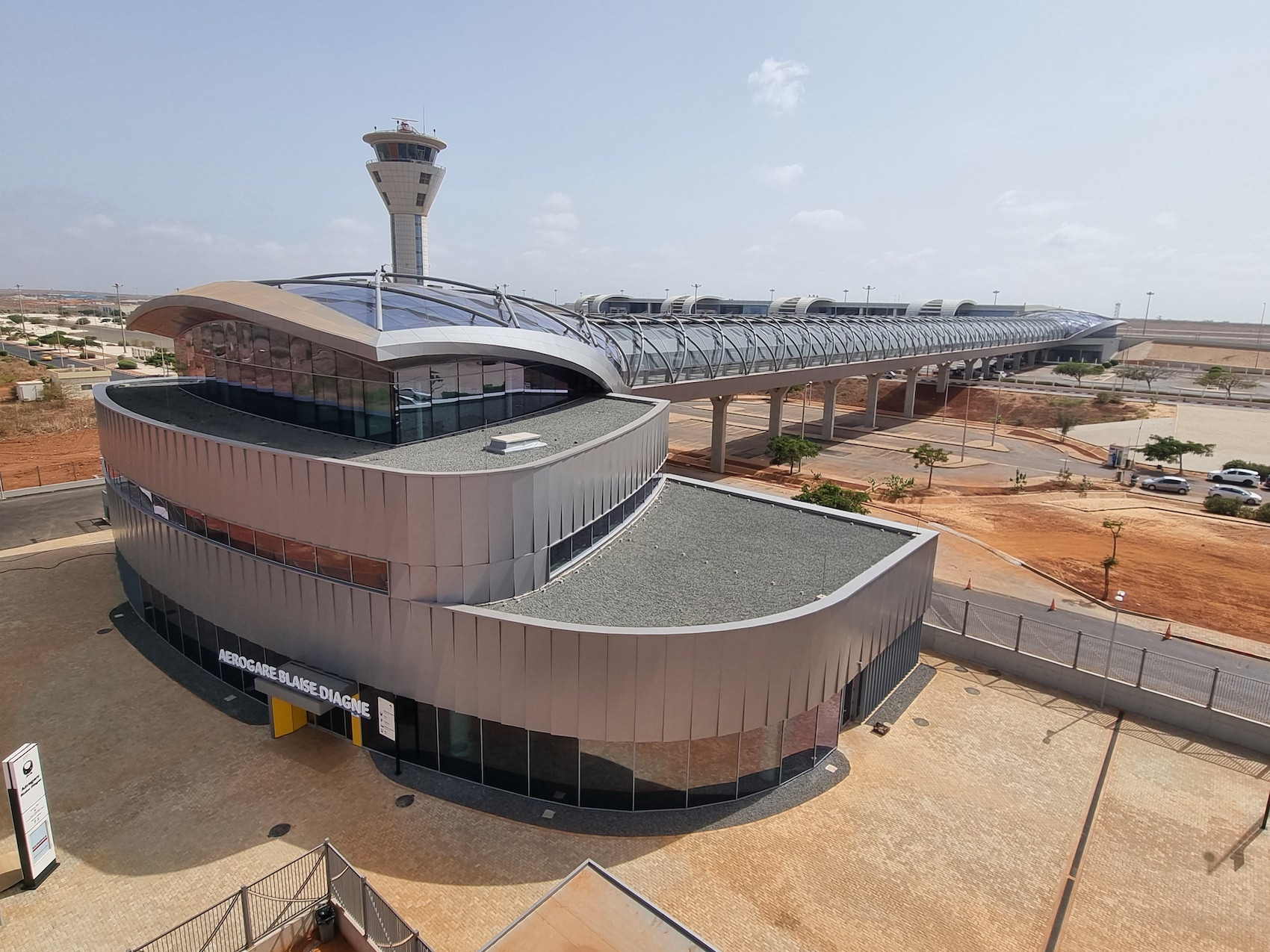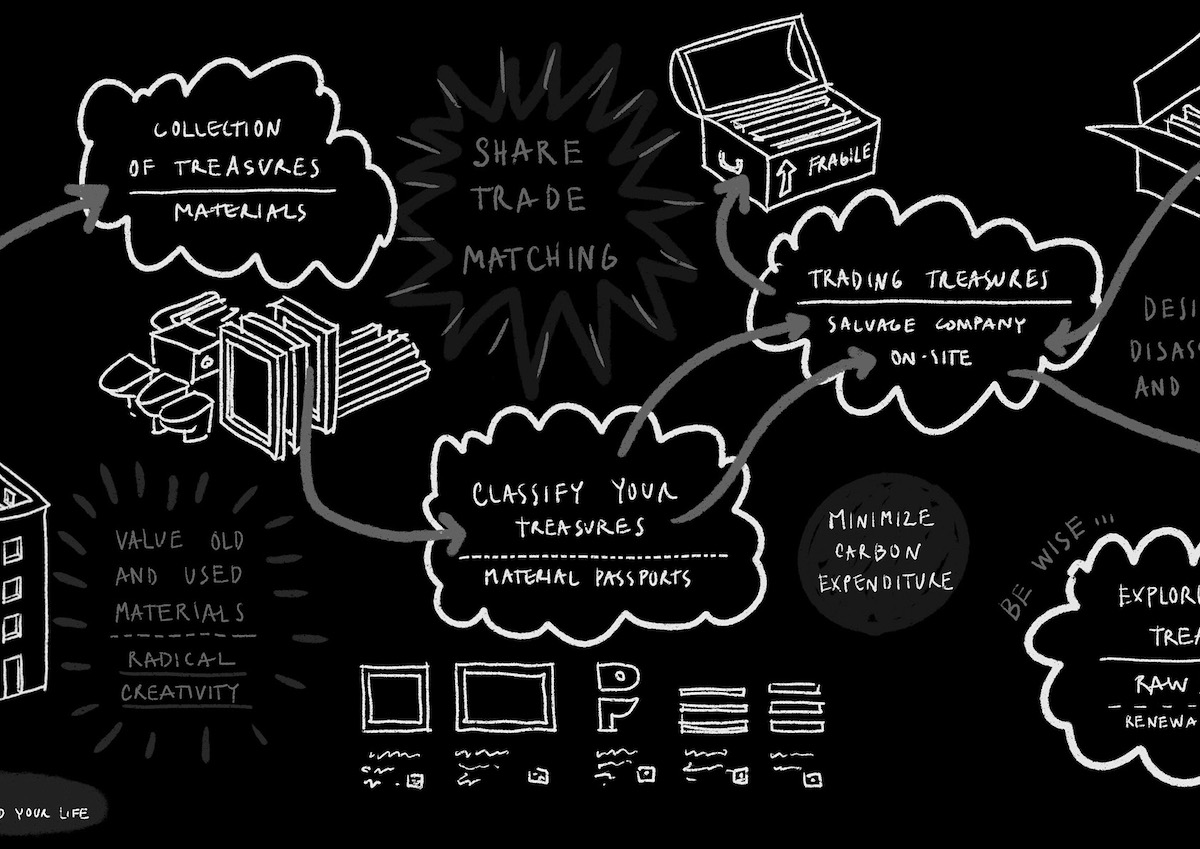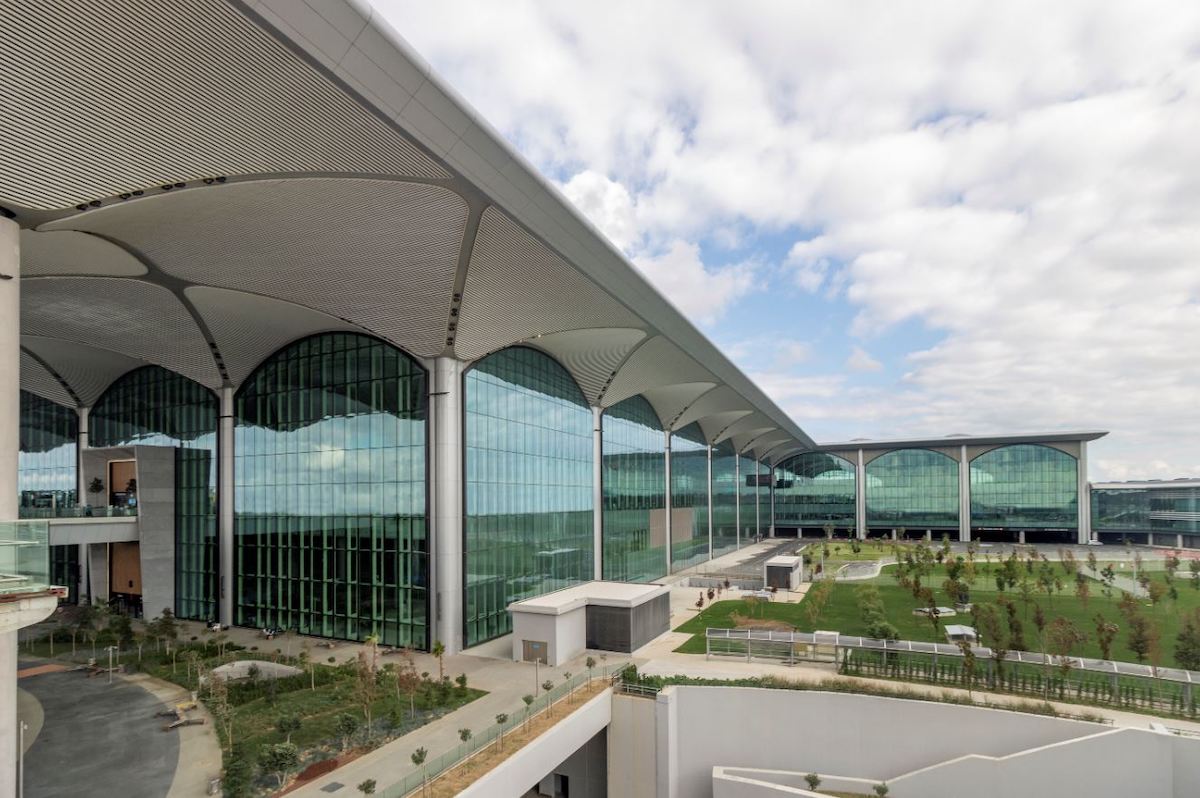AT talks to… curator and art historian Luke Naessens and architect Louise Cotter, co-curators of the Irish pavilion, ‘Assembly’, in Venice, a timber structure that serves as a space for conversation, rest and “non-hierarchical gathering.”
What is your pavilion about and how does it respond to the title of Intelligens: Natural. Artificial. Collective?
Luke Naessens Informed by the Citizens’ Assembly, a format for deliberative democracy introduced to Ireland in 2016, Assembly is a prototype for a structure to facilitate non-hierarchical gathering. It proposes that Citizens’ Assemblies could be scaled down from the national to the local level, their principles expanding into the spaces of everyday life. At Venice the structure, designed by Cotter & Naessens Architects, is animated by a spatialized soundscape composed by sound artist David Stalling featuring poetry by Michelle Delea. On one hand, the pavilion examines how design can help facilitate assemblies in a moment when the right to assemble is endangered. On the other, it proposes assembly as a method of design in its own right. Assemblies are a means of producing collective intelligence through the coordination of plural voices. Itself the result of an interdisciplinary, collaborative working process, Assembly is an instrument for producing polyphony from cacophony.
Our project is obviously centred on the collective component of Carlo Ratti’s theme, and natural intelligence is important too: the soundscape features sounds recorded from within tree trunks or underwater crayfish colonies as we wanted to expand our assembly to include non-human voices. We are a little more sceptical of the “artificial” aspect of this year’s Biennale: Assembly is in part an ode to the materiality of space and the embodiment of the face-to-face encounter. We were less concerned with offering technological or technocratic fixes for the problems of our time, as with providing a space — an infrastructure — for producing solutions collectively.
What do you want your pavilion to achieve and what do you hope people take away from it?
Luke Naessens By the time visitors arrive to our pavilion they have been exposed to a deluge of information. Assembly is designed as a welcoming space that is pleasant for visitors to spend time in, so that they have a much-needed moment to slow down, catch up, and reflect. We have been delighted to see many visitors strike up conversations with others once seated inside: their dialogues add another layer to the soundscape and really perform the idea of assembly as a process, a dynamic form that mutates through the addition of new voices. We conducted a lot of research into the Citizens’ Assembly in the course of planning the pavilion, but we were interested in finding ways to communicate those ideas in ways that did not necessarily rely on text or image: whether the sounds of field recordings, the smell of beech timber, the proprioceptive feel of sharing a space with other people.
What other pavilions have been a highlight for you?
Louise Cotter We did not know this until we opened, but our pavilion is in conversation with several others that create spaces for people to gather by way of clear spatial devices and distinct material qualities: for example, Australia, the Holy See, and our neighbour Oman. The Spanish pavilion was beautifully made and provided a showcase for the fantastic architecture produced in that country. Of the curated work a highlight for me was Cristina Morbi, Francesco Banchini, and Andrea Granitzio’s Lithic Chords outside in the Arsenale: a 21-metre post-tensioned stone beam made of different types of stone, each generating a different sound. The relationship of sound and space was another important theme that Assembly shared with several other exhibitors.
What else are you excited to see?
Louise Cotter Serbia and more of the collateral shows.
If you were a student coming to the Biennale for the first time, what would be your advice to them?
Louise Cotter The Biennale can be overwhelming and requires some planning. You don’t need to closely absorb everything at once: make time to return to more closely engage with what caught your eye or interest on a first walkthrough.
What else are you working on at the moment?
Louise Cotter Most of our work is in the public sector. We are in the last weeks of a new Student Centre in the University of Limerick and just commencing, on site, the refurbishment of the Dublin Fruit and Vegetable Market, a nineteenth century market hall that will also include a small city park. This will be a place of assembly and congregation in the heart of Dublin City. At earlier design stages we are working on two projects which are refuges for women and families-very interesting with inspiring and committed clients. The creation of a safe and healing sanctuary in the city is paramount, and the projects will include therapy rooms, play spaces and gardens for the residents.







